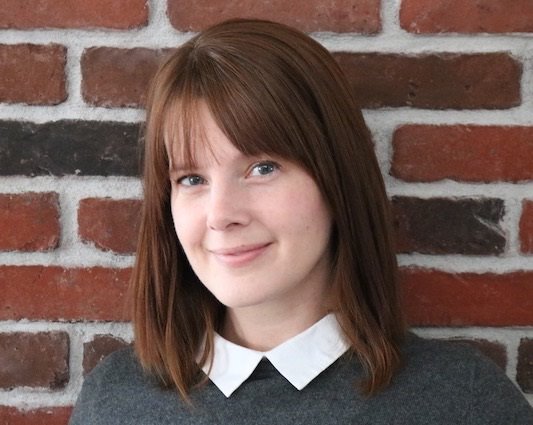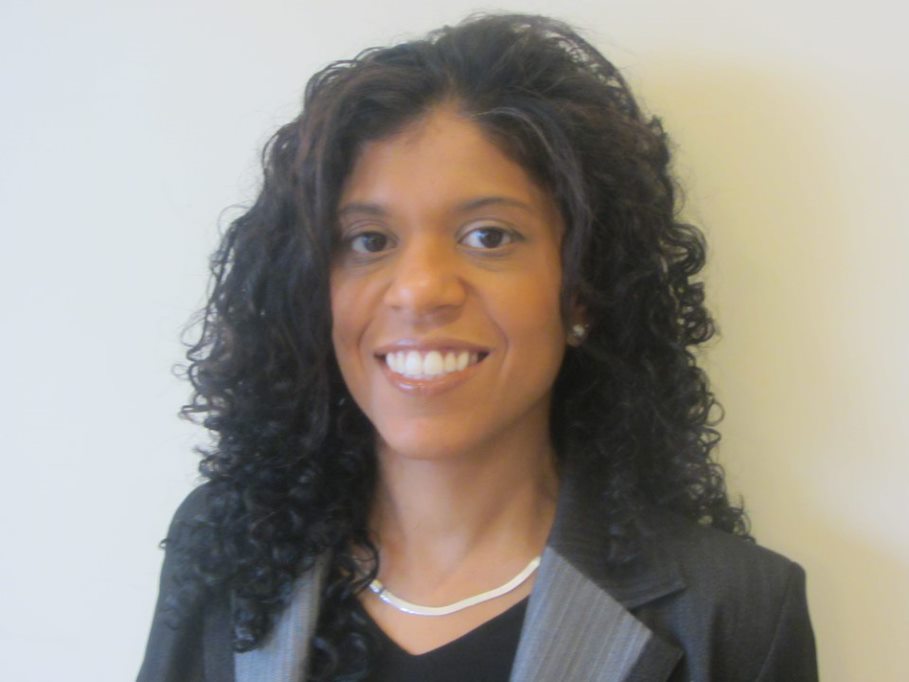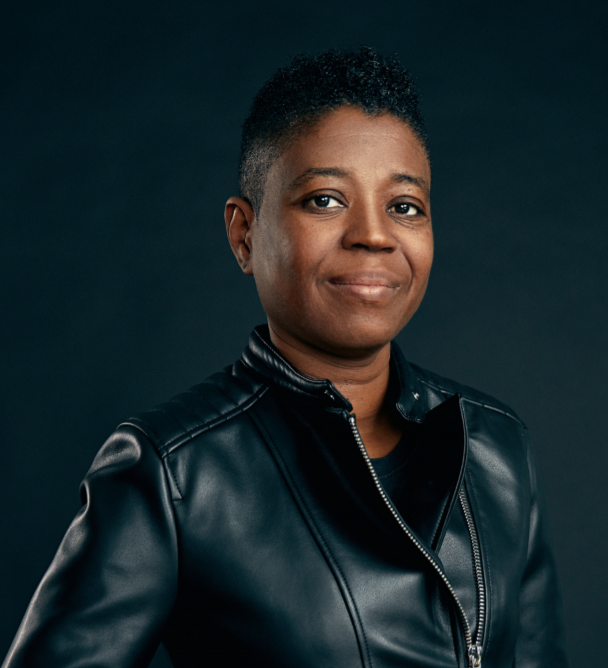
By Elaine Smith
It’s time to rethink our approach to special education, says Gillian Parekh, as she and a group of fellow educators and scholars have put their energies into creating change with Equity and Human Rights in Special Education: Critical Reflective Practice Guide, as well as a corresponding interactive website.

“Our work addresses a need,” said Parekh, a York University associate professor and Canada Research Chair (Tier 2) in Disability Studies in Education. “For a long time, social justice discourse in education has ignored ableism, but we argue that ableism intersects with many types of discrimination. For example, how we evaluate students’ capacity and organize students into ability-based placements and programs as well as who we assume will benefit from particular opportunities and/or interventions can be influenced by gender, racial, class and other forms of bias.
“Disability is also identity. Both the identity and experience of disability can be produced through social, rather than biological experiences. To understand disability solely through a medical lens is a very Western, and limited, approach. Part of our work is to identify how schools exclude on the basis of ability, the implications of those exclusions, and to advocate for practices that generate the best outcomes for students.”
In recognizing the need for change and planning to effect a shift in attitude, Parekh gathered a team of 10 scholars and practitioners with expertise on equity and human rights and special education from four institutions to create the guide. Her fellow creators are York colleagues Carl James and Angelique Gordon; Kathryn Underwood and Nicole Ineese-Nash from Toronto Metropolitan University; Luke Reid from the University of Toronto; and David Cameron, Alison Gaymes San Vicente, Karen Murray and Jason To from the Toronto District School Board (TDSB).


“The data show systemic issues, not only in terms of which students are overrepresented in special education identifications and placements, but also in regards to students’ future trajectories through school,” said Parekh. “When you’re in a position of power, you need to think carefully and critically about how and why you make certain decisions and how those decisions influence students’ opportunities. Are there alternatives to explore? We’ve laid out a great case for why critical reflective practice is important.”
Gaymes-San Vicente, a superintendent with TDSB, said, “We are all aligned in the belief that some aspects of the education system need to change to give everyone a fair chance. There are systemic structures and ableist beliefs we need to challenge in order to create a space where everyone can achieve.”
Murray, a TDSB system superintendent for equity, anti-racism and anti-oppression, added, “Research has shone the light on issues tied to ability that have become normalized and we need to start thinking about how and why we act in specific ways. We need to shine the light on these serious issues.”
The guide, which is available in both English and French, has chapters devoted to context, such as discussions of ableism and disability as an intersectional experience and a look at human rights in special education. It then moves on to address critically reflective practice; culturally relevant and responsive pedagogy; and racism and bias in education. It closes with ideas about what school districts can do to make improvements.
Since its release in 2022, the authors continue to disseminate it to audiences who could benefit.
“It is reflective of educational policy and practice in Ontario, but the broader themes can be applied nationwide,” Parekh said. “There are broader institutional pieces that can be used in any institutional context.”
The team has presented the document at various events and conferences. The individual members are all involved in consulting, advocacy and/or professional development and they continue to promote it to a variety of audiences.
“The timing is right,” Parekh said. “Across the province, school boards are heavily engaged in equity work and this is another complementary toolkit they can use.”
Murray noted, “I use this guide as a framework for conversations around bias. The guiding questions it poses can be used a framework for moving forward. As a tool, it allows you to see how to extend learning and understanding. There are foundational pieces here that can be used as anchors when you’re thinking about planning for your school, and it’s comprehensive in suggesting next steps for various stakeholders. There’s something there for all of us.”
Just as important, said Gaymes-San Vicente, “It’s user-friendly, can be powerful when the strategies and critical thinking are applied and shares complex ideas in a way that’s digestible. It has the potential to shift some of the existing dominant narratives, which must shift if we really honour education for all children. Finally, of significance, it asks educators to position themselves as learners in service of their students, rather than being content driven and teacher-centred.”
